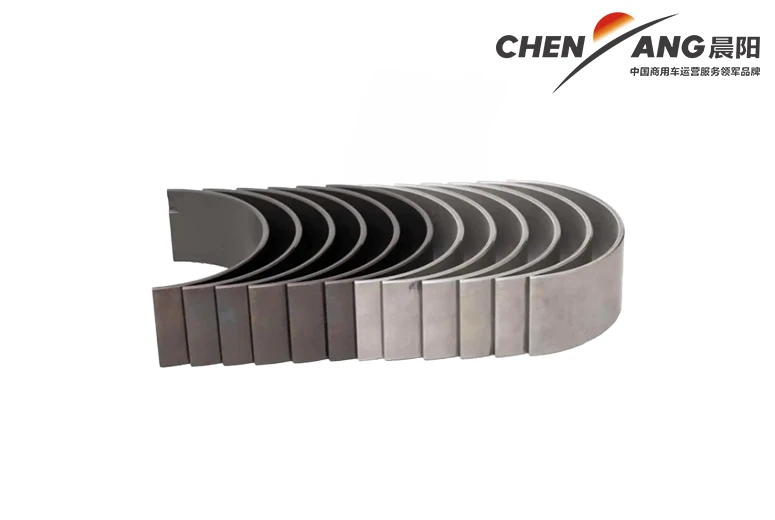Efficiency and Innovation in Modern Soybean Combine Harvesters
The Evolution of Soybean Combine Harvesters A Testament to Agricultural Innovation
In the realm of modern agriculture, efficiency and productivity are paramount. The soybean combine harvester stands as a remarkable embodiment of these principles, revolutionizing the way soybean crops are harvested and profoundly impacting the global agricultural landscape. This article explores the development, functionality, and significance of soybean combine harvesters in contemporary farming practices.
The Historical Context
The need for specialized equipment in harvesting soybeans became apparent as this legume gained prominence in the agricultural sphere during the 20th century. Initially, soybeans were harvested using traditional methods, which were labor-intensive and time-consuming. The introduction of the combine harvester in the 1930s marked a pivotal moment in agricultural history. Early models were designed for grains like wheat and barley, but as soybean cultivation expanded, manufacturers began to adapt these machines for soybeans. Over the decades, innovations in technology and design led to the emergence of dedicated soybean combine harvesters.
How Soybean Combine Harvesters Work
A soybean combine harvester is an intricate machine designed to perform multiple functions simultaneously cutting, threshing, and cleaning the harvested crop. At its core, the combine harvester consists of several essential components
1. Cutting platform (headers) The cutting platform is the very front of the combine, equipped with sharp blades that efficiently slice through the soybean plants at the base. Different header designs are available depending on the terrain and specific needs of the crop.
2. Threshing mechanism After cutting, the beans must be separated from their pods. The threshing mechanism employs a combination of agitation and separation techniques to extract the beans while minimizing damage.
3. Cleaning system Once the beans have been separated, the next step is to clean them by removing chaff, leaves, and other debris. This is typically done through a series of screens and air blasts.
soybean combine harvester

4. Grain tank and unloading system The harvested soybeans are collected in a grain tank within the combine. When full, an unloading auger transfers the beans into a waiting truck or wagon without needing to stop the harvester.
Advancements in Technology
Recent advancements in technology have further enhanced the efficiency and precision of soybean combine harvesters. Today’s machines are equipped with GPS technology, allowing farmers to optimize their harvesting patterns and reduce overlap in fields. Additionally, precision agriculture tools help monitor crop yield in real-time, enabling farmers to make data-driven decisions regarding their fields.
Modern combines also utilize sophisticated automation systems that minimize the physical strain on operators and reduce human error. Features such as automatic steering, integrated yield monitoring, and pre-programmed harvesting speeds have transformed the operator experience. This not only makes the process more efficient but also ensures that crops are harvested at the optimal time, which is crucial for maximizing yield and quality.
The Environmental Impact
The introduction of advanced soybean combine harvesters also signifies a shift toward sustainable practices in agriculture. By maximizing efficiency, these machines reduce the amount of time required in the field, ultimately leading to lower fuel consumption and decreased greenhouse gas emissions. Furthermore, efficient harvesting techniques minimize soil disturbance, preserving vital ecosystems and enhancing soil health.
Conclusion
The soybean combine harvester is more than just a piece of equipment; it represents the culmination of decades of innovation in agricultural technology. As the global demand for soybeans continues to rise, influenced by their multifaceted uses in food products, animal feed, and biofuels, the role of these machines will only become more critical. With ongoing technological advancements, the future of soybean harvesting looks promising, paving the way for even greater efficiency, sustainability, and productivity.
Farmers who invest in modern soybean combine harvesters are not only enhancing their operational capabilities but are also participating in a larger movement towards sustainable and responsible farming practices. In a world where food security is increasingly vital, the soybean combine harvester shines as a beacon of ingenuity and progress in the agricultural sector.
-
SINOTRUK HOWO 84 Electric Dump Truck for Eco-Friendly Heavy HaulingNewsJul.26,2025
-
The Fast 16-Gear Manual Transmission Assembly for Heavy TrucksNewsJul.25,2025
-
Mercedes Benz Actros 1848 42 Tractor Truck for Sale - Reliable PerformanceNewsJul.24,2025
-
High-Quality Water Pump Assembly for Sinotruk Trucks – Durable & ReliableNewsJul.23,2025
-
Premium Truck Engine Antifreeze Coolant Fluid for Heavy Duty VehiclesNewsJul.22,2025
-
FOTON View G7 Mini Bus: Affordable & Spacious TransportNewsJul.22,2025
Popular products

























